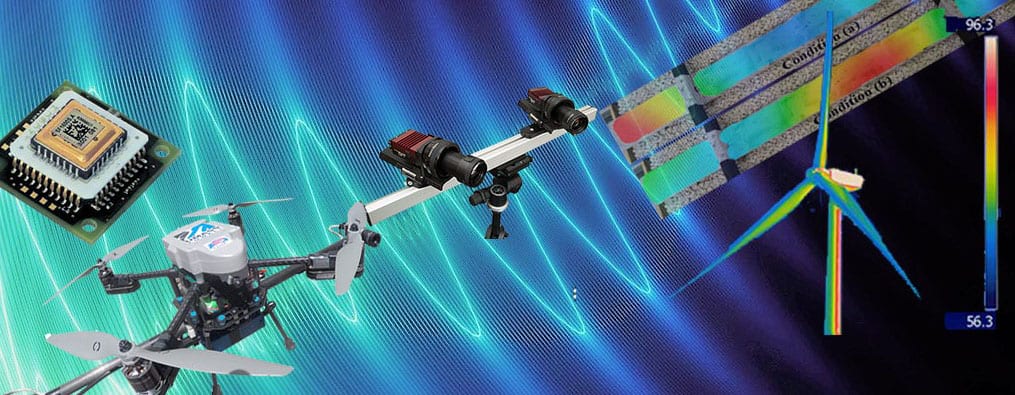
The research performed about this issue focused on characterizing the SPLs produced by transportation and industrial activities under several circumstances (e.g. traffic calming devices installation, production cycles, etc.) and on suggesting remediation activities both experimentally and analytically using numerical models. Road traffic has become a prominent feature of many urban areas and one of the dominant sources of community noise exposure. For this reason, a great deal of attention should be paid to reduce noise as urban planning activities are performed. The studies performed in this area aimed to determine the effects different urban configurations (e.g. traffic lights vs roundabout, installation of traffic-regulation devices, etc.) have on the acoustic climate of the area. Evaluations are achieved by measuring the SPLs produced as different-weight vehicles transit, by modelling different and more sustainable scenarios, and in proposing alternative systems for reducing the noise exposure of the targeted areas.


The publications describing the details of this research can be downloaded using the following links:
